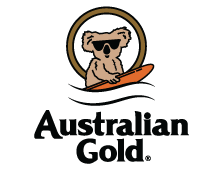What is SPF?
SPF stands for Sun Protection Factor.SPF is a measure used worldwide to indicate the level of sunscreen protection. Using an SPF 15 sunscreen means it will take 15 times longer for skin to begin to burn than it would without sunscreen. Sunscreen is a monitored over the counter (OTC) drug product that is regulated by the Food and Drug Administration (FDA) and Health Canada. All sunscreens sold in Canada must pass specific testing mandated by the FDA and Health Canada.

The Sun and its Rays
There are two types of ultraviolet (UV) rays that can harm your skin – UVA and UVB. In this light spectrum graphic you will see that Ultraviolet (UV) rays are all the way to the left. They cannot be seen by the human eye. In the middle, you will notice the visible light spectrum, which we are able to see. All the way to the right, we have Infrared light. We will be focusing on UV rays. There are two types that can harm your skin – UVA and UVB.
UVA rays are responsible for skin aging (Remember A = Aging)
- In the US, the product either passes or fails a Critical Wavelength test. If it passes, UVA protection can be claimed.
- AG completes additional testing on most products to gain more detailed information about how much UVA protection is provided.
UVB rays are responsible for sunburns (Remember B = Burn)
- SPF # is a theoretical measure of the UVB protection. The number indicates how much longer you can stay in the sun without burning.
- Water Resistant is how long the product maintains the SPF # when exposed to water.
A Broad Spectrum sunscreen protects you from both UVA and UVB rays.
*Full Spectrum is a newer term that you may have seen on SPF products. However, there is no legally regulated definition of full spectrum, so do your research to understand how the product claiming it is defining the term.
Sunscreen Application
The recommended amount of sunscreen for the average person is 1 fluid ounce. A simple way to remember how much sunscreen to apply is to imagine the amount of sunscreen that would fit in a shot glass or the size of a golf ball. Sunscreen should be applied 15 minutes before sun exposure and reapplied every 2 hours or immediately after swimming, sweating or towel drying.Active Sunscreen Ingredients
Active Ingredients are the ingredients that cause a physical change in the skin – in this case providing protection.
They are the reason why sunscreens are classified as OTC products.
There are two general types of sunscreen – chemical and mineral. They both protect skin from UVA and UVB rays, but they work differently.

Below we’ve created a quick reference chart, so you understand the difference between chemical and mineral active ingredients that are allowed in the United States.

*Formulated without Oxybenzone and Octinoxate which have been identified to have potential adverse impact on coral reefs.





